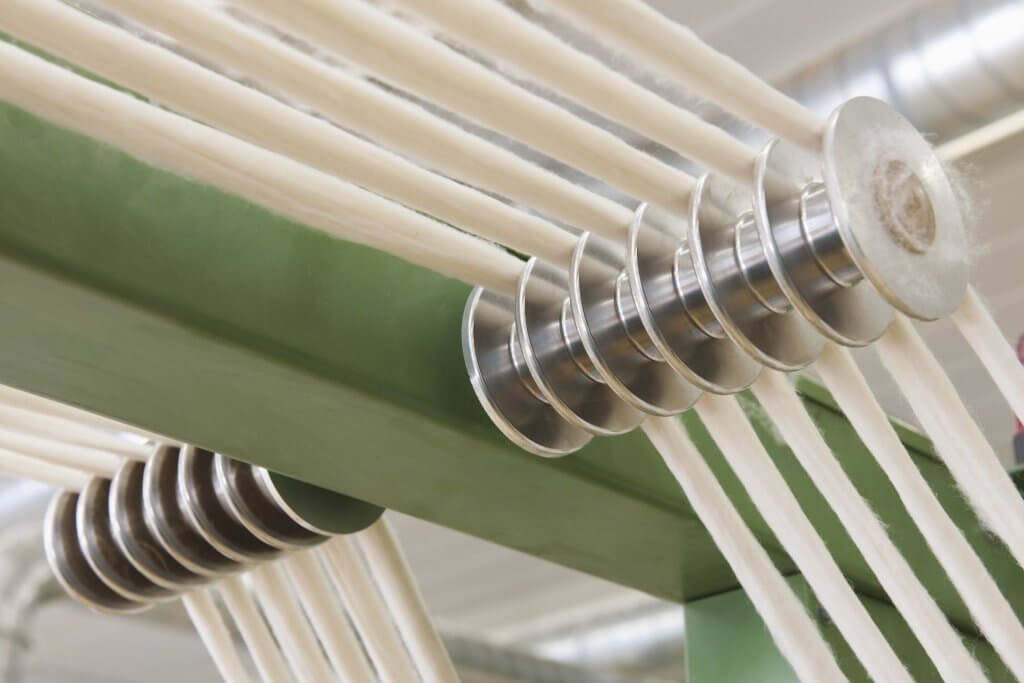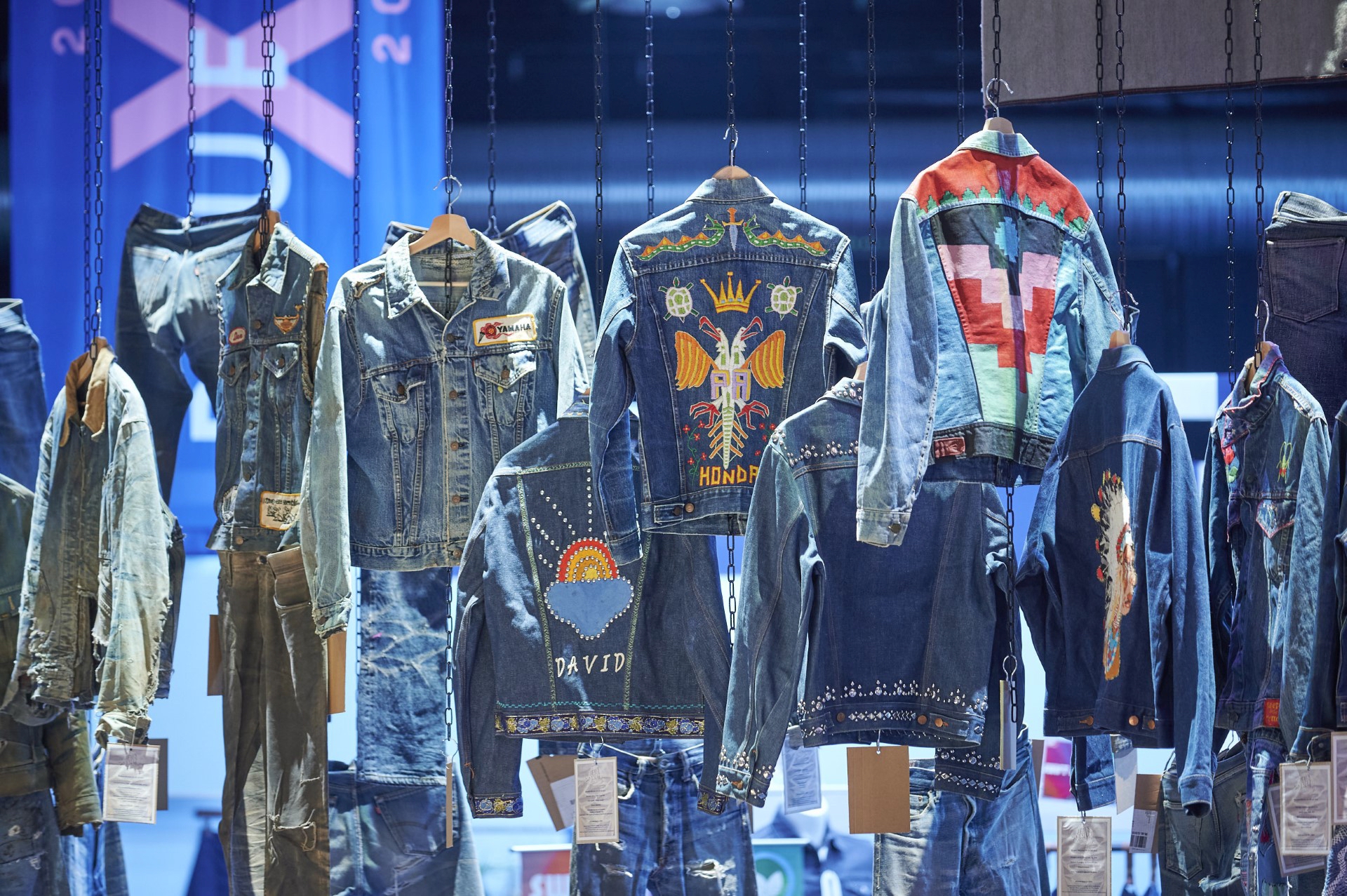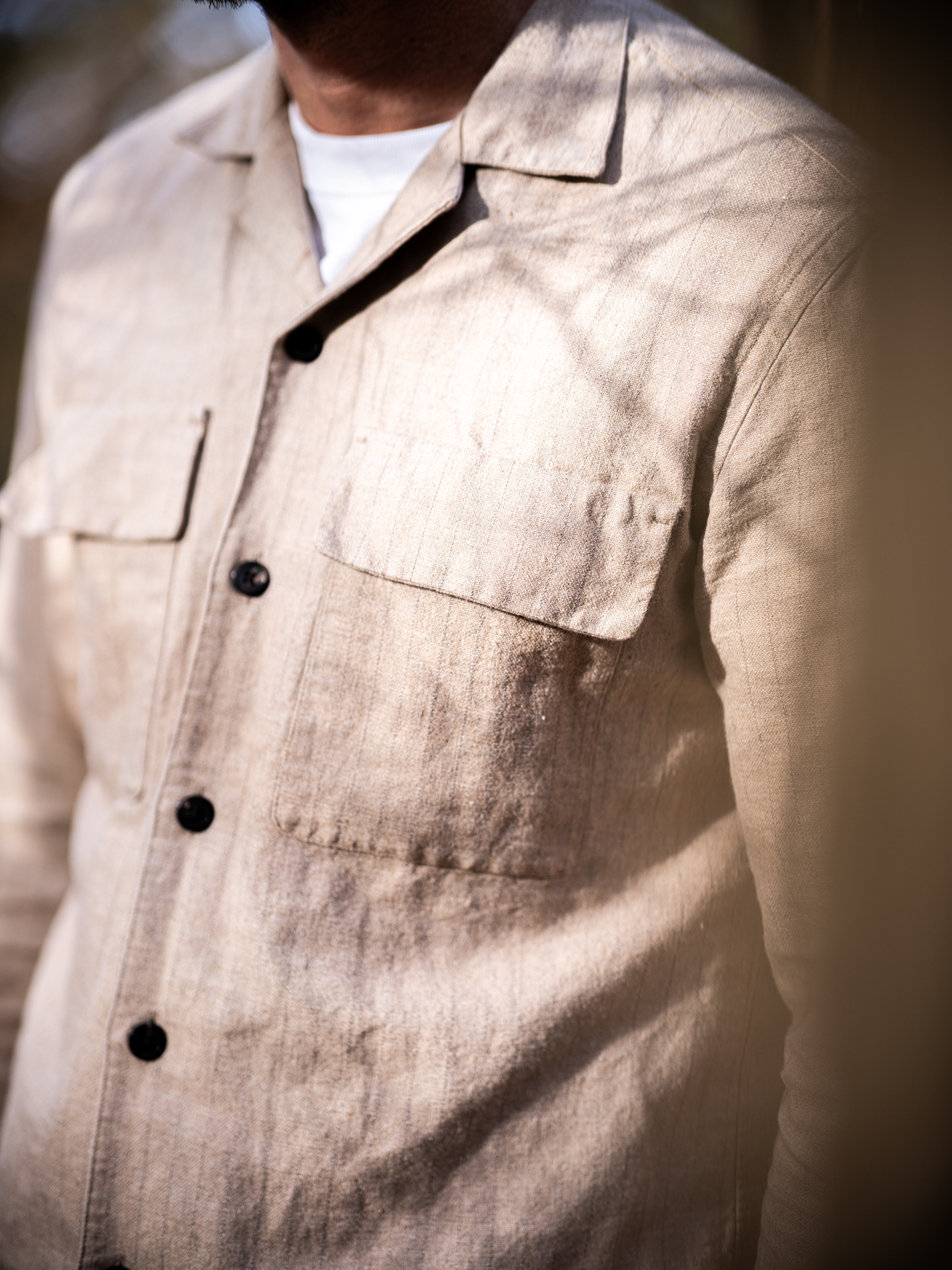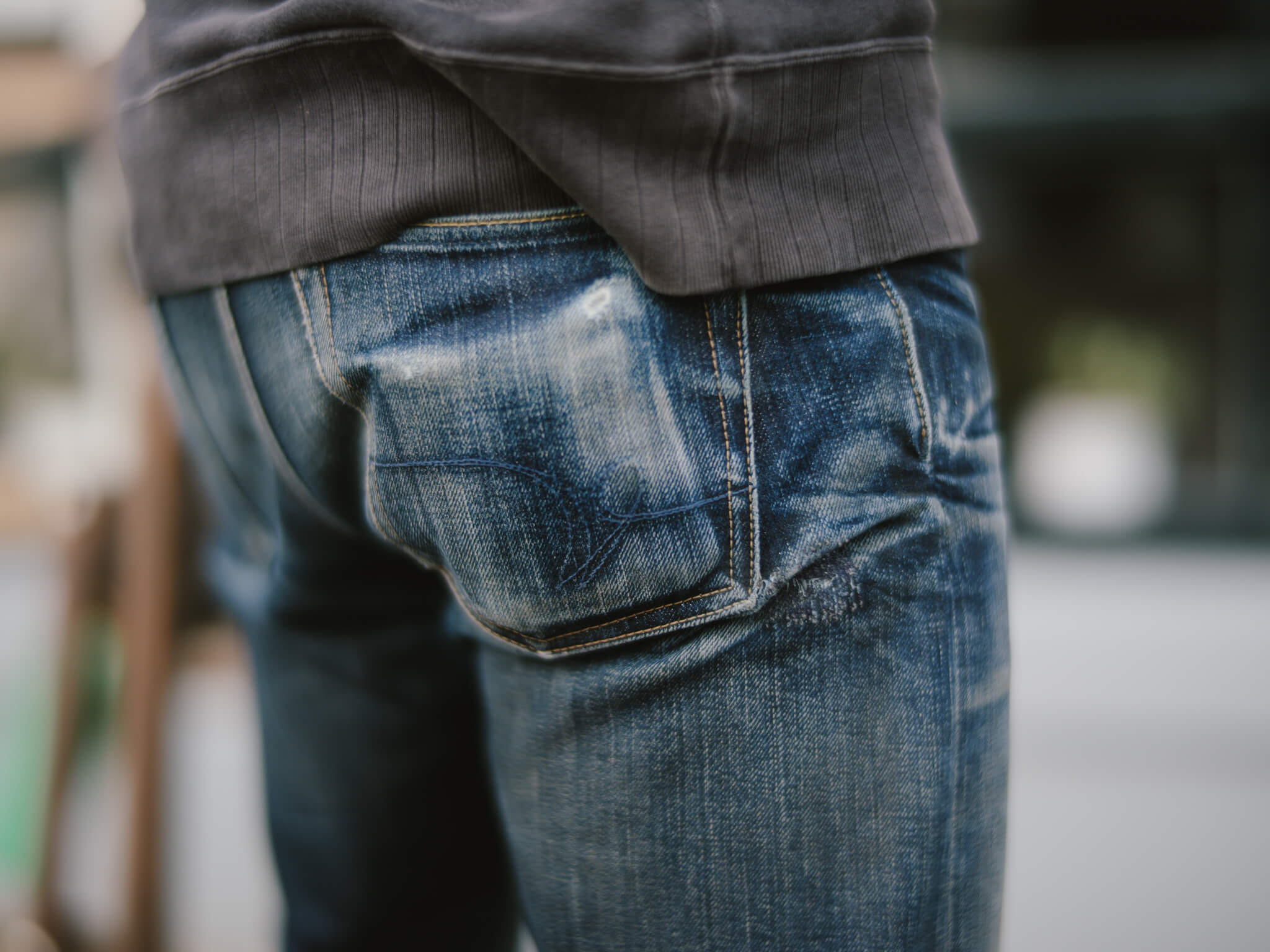The fabric called denim – Ginning & Spinning
Last week we introduced our new series ‘The fabric called denim’. Our first article on cotton, the most important raw material in a pair of jeans, was the foundation for a series of articles that allows us to dive deeper into this world’s most popular and most frequently used fabric.
Today we will continue the series by looking into the process that occurs after the cotton has been harvested, but before it is dyed in indigo. When the cotton fibers have been collected, there are still many actions necessary before the warp and the weft can be woven together. Although there are more steps required, we will focus on the two main stages to keep the article short and readable.
We will start by describing the ginning process (I know, we have already spoken about the process in the previous article, but today we will look at it more in-depth). Next, we will look into the process of twisting the cotton fibers into yarns.
Ginning
When the cotton has been harvested, it first needs to go through a cotton gin. A cotton gin is a machine that separates the cotton lint, the soft fluffy fibers, from the seeds. This separation process is important because only the cotton lint is useful for creating the threads. Basically, the ginning process is a process of purifying the cotton and to prepare it for being processed into the yarns.
At the first step of the ginning process, the cotton runs through a dryer in order to reduce moisture and improve the quality of the fibers. Next, it goes through a set of cleaning equipment where the seeds and foreign matters like small plant parts and trash, are removed. When the cotton is free of foreign matters it will be air conveyed into a press where it is compressed into bales. Every bale of cotton will be classified by its quality by an expert and then moved to a warehouse waiting to be shipped to a facility where the process will continue.

Spinning
Now that the cotton lint is cleaned and separated from seeds and foreign matters, it needs to be processed into threads before it can be woven into a fabric. The process of creating these threads out of the cotton lint is called spinning. Spinning is, just like the ginning process, a complicated and extensive process that takes up to 48 hours. Also, it is important to note that there are several different ways of spinning the cotton that depend on the required result. Nonetheless, we will try to provide a clear and understandable overview of the process.
The cotton lint will be transferred through a carding machine. This machine will line up the cotton into large roles and will guide them to the next machine. During this process, it also discards the cotton fibers that are too short to process.
The cotton will make its way through several other machines, where it will be stretched, twisted, and spun. During this extensive process, the loose and untwisted roles of cotton will be processed into a strong and thin yarn. Every stage of the process is set to increase the strength and to decrease the thickness of the yarn until it meets the required standard. The yarn will be spun on a large industrial cone and when this is done, it is ready for the next stage.
When the cotton has gone through the ginning process and has been processed into yarns, the threads are still cotton colored. Up to and including the spinning process, there is not a single drop of indigo involved in the process. However, all you indigo-addicts don’t despair, for the next article is all about indigo. Next week, we will dive straight into the dyeing process, until we’re all overdyed!
 Share
Share
 Tweet
Tweet



